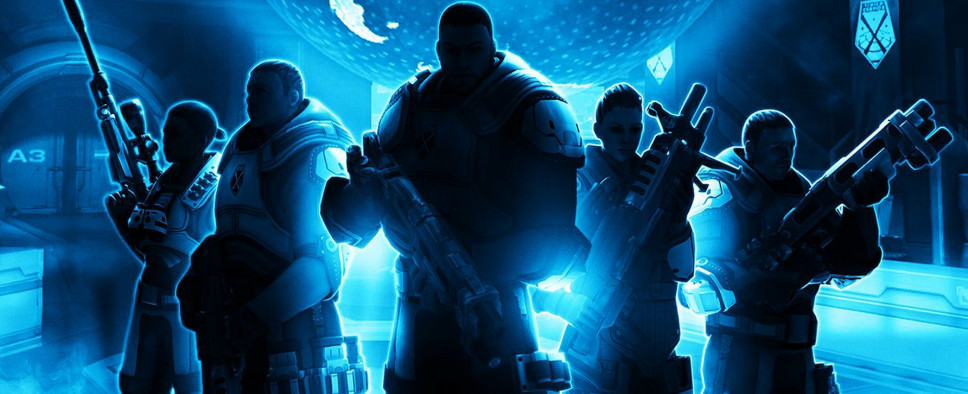How Firaxis Saved XCOM From Complete Disaster
-
Category: News ArchiveHits: 1577

Whether you like the innovations Firaxis has brought to the XCOM series or not, there's no denying that their games are widely successful and popular. Eurogamer's Chris Bratt took it upon himself to figure out how exactly Jake Solomon and his team came up with the simplistic but enjoyable take on the turn-based strategy formula we see in XCOM: Enemy Unknown and beyond.
As it turns out, the game we now know as XCOM: Enemy Unknown has gone through many iterations, and initially it resembled the original X-COM games, only even more complex. This didn't sit well with the play testers, so that idea got scrapped, and then the next one, and the one after that, until finally, thanks to endless testing and a bit of luck, the folks at Firaxis have arrived to that particular set of mechanics that quickly became the industry standard for turn-based games.
Check out this video if you would like to know the full story and see some of those early prototypes in action:
There's also a text version if you prefer reading. An excerpt:
"I wanted to remake the original," explained Solomon over Skype. "But when I did that, I wanted classes and different weapon types and I wanted to add all these things on top of it. I'd made the original and then I'd added all this shit on top of it. It was really, really complicated. It was a real mess, actually."
The team finished its 12 month run and demoed the prototype to the rest of the company.
"We had this big party," said Solomon. "And everybody was so excited. Then the problem was, once everybody played it, they got a lot less excited."
Solomon was then forced to make perhaps one of the most difficult decisions of his professional life. He asked his team, who'd just spent an entire year working on his vision for XCOM to start over, from scratch. Most of the artwork and the gameplay systems had to be pulled out entirely as the developers stripped the game back to the basics.
In response to the feedback he'd received about his game being too convoluted, too messy, Solomon designed the most straightforward version of XCOM he could manage. Entitled 'Combat 2.0', this new version switched out free movement for a tile grid, added the option for units to take cover and then gave each soldier just a single number to work with. This one number determined everything: their offence, defence and health. So as you move into cover it goes up, and as you get shot, it goes down.
"It was a very basic system," said Solomon. "But you can see in the roots of this thing, what it ended up becoming."
This approach had the desired effect - when people played this prototype, as basic as it looked, they finally seemed to click with it. Rather than overcomplicating the ruleset used by the original game, Solomon and his team were now able to build their own here, piece by piece.
From these building blocks, things started to take shape. In an effort to make taking cover more interesting the team added high and low options, they gave each soldier two actions per turn, so that players would actually want to move without feeling like they were wasting their chance to fire a weapon, and they also split the various stats out into different values.
If you've played Enemy Unknown you're probably starting to think this all sounds remarkably close to what we played in the final game, and you're right, it is. But the team were about to hit another hurdle. One that seemed small, at least to begin with, but would promptly spiral out of control and to some extent, define the game's development for the next year.

